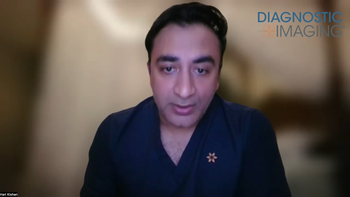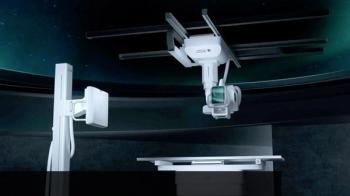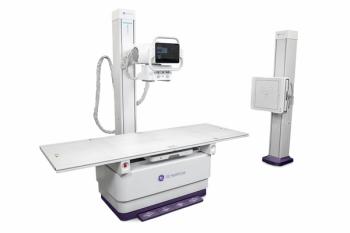
Necessity of Routine X-Rays After Shoulder Arthroplasty
Effect of routine shoulder X-rays after shoulder arthroplasty on post-operative patient management.
Shoulder X-rays following primary anatomic total shoulder arthroplasty (TSA) lack clinically meaningful impact, according to a study published in the
Researchers from the University of Virginia Health System in Charlottesville sought to determine medical relevance and cost-benefit of routine radiographs after primary anatomic TSA up to a year postoperatively.
One-hundred sixty patients participated in this study. All underwent anatomic TSA and shoulder radiographs at two weeks, six weeks, four months, and one year postoperatively. Radiographs and clinic notes were assessed to determine if a change in postoperative care happened because of radiographic findings, including postoperative fracture, hardware complication, or any concerning radiographic feature. Cost data and amount billed were obtained.
The results showed normal/unremarkable findings in the majority of radiographs. The reviews yielded no change in management based on these parameters:
The amount billed for radiographs was $284,281 ($1776.76 per patient).
The researchers concluded that there was no clinically meaningful impact from routine postoperative radiography and the procedure did not justify the per-patient expense.
Newsletter
Stay at the forefront of radiology with the Diagnostic Imaging newsletter, delivering the latest news, clinical insights, and imaging advancements for today’s radiologists.




























